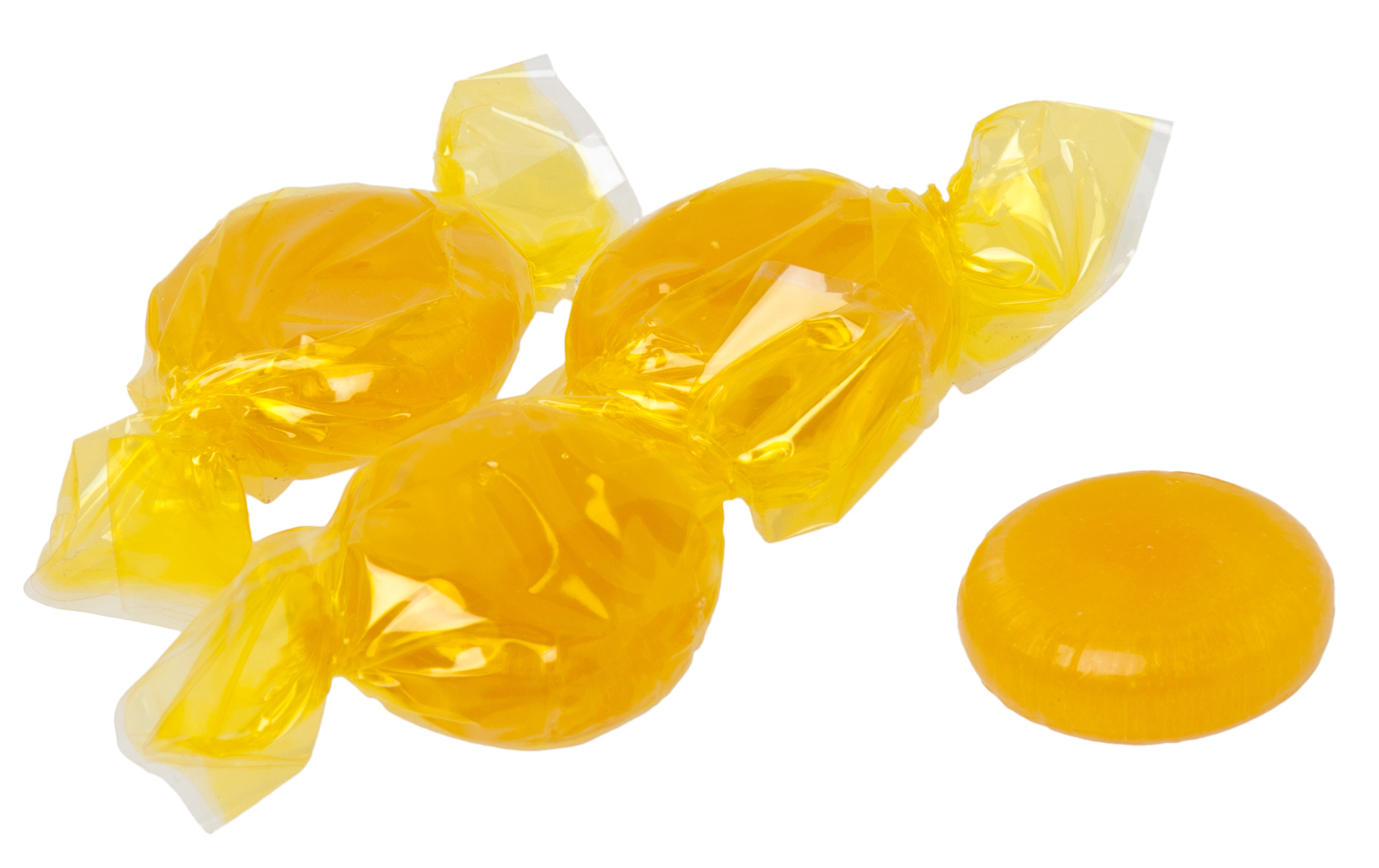|
Apollo (candy)
Apollo (), marketed in the Middle East, South America, and Southeast Asia as CC Stick, is a South Korean candy product. It consists of a number of small, short straws that are filled with flavored sugar powders. Example flavors include strawberry, chocolate, banana, and grape. History The candy was invented in 1969 by Kim Sang-gyu (). In 1965, he founded the company Woolim Confectionary (). One of his popular products was powdered juices. When inventory of powdered juice began to pile up, he came with the idea to package and sell the powder in straws (the original straws had a wider diameter originally, and were filled manually). He tested the product on his children, who loved it. He then named the product after the American Apollo lunar program, which was then landing men on the moon around that time. The product quickly achieved significant popularity, leading him to change the name of his company to Apollo Confectionary () in 1971. The product saw a boom in sales in the lat ... [...More Info...] [...Related Items...] OR: [Wikipedia] [Google] [Baidu] |
Halal
''Halal'' (; ) is an Arabic word that translates to in English. Although the term ''halal'' is often associated with Islamic dietary laws, particularly meat that is slaughtered according to Islamic guidelines, it also governs ethical practices in business, finance (such as the prohibition of interest or ''riba''), and daily living. It encompasses broader ethical considerations, including fairness, social justice, and the treatment of animals. The concept of ''halal'' is central to Islamic practices and is derived from the Quran and the Sunnah (the teachings and practices of the Prophet Muhammad). In the Quran, the term ''halal'' is contrasted with the term ''haram'' (). The guidelines for what is considered ''halal'' or ''haram'' are laid out in Islamic jurisprudence (''fiqh''), and scholars interpret these guidelines to ensure compliance with Islamic principles. This binary opposition was elaborated into a more complex classification known as "Ahkam, the five decisions": Fard, ... [...More Info...] [...Related Items...] OR: [Wikipedia] [Google] [Baidu] |
Candy Brands
Candy, alternatively called sweets or lollies, is a Confectionery, confection that features sugar as a principal ingredient. The category, also called ''sugar confectionery'', encompasses any sweet confection, including chocolate, chewing gum, and sugar candy. Vegetables, fruit, or Nut (fruit), nuts which have been glaze (cooking technique), glazed and coated with sugar are said to be ''Candied fruit, candied''. Physically, candy is characterized by the use of a significant amount of sugar or sugar substitutes. Unlike a cake or loaf of bread that would be shared among many people, candies are usually made in smaller pieces. However, the definition of candy also depends upon how people treat the food. Unlike sweet pastries served for a dessert course at the end of a meal, candies are normally eaten casually, often with the fingers, as a snack between meals. Each culture has its own ideas of what constitutes candy rather than dessert. The same food may be a candy in one culture ... [...More Info...] [...Related Items...] OR: [Wikipedia] [Google] [Baidu] |
South Korean Confectionery
South is one of the cardinal directions or compass points. The direction is the opposite of north and is perpendicular to both west and east. Etymology The word ''south'' comes from Old English ''sūþ'', from earlier Proto-Germanic ''*sunþaz'' ("south"), possibly related to the same Proto-Indo-European root that the word ''sun'' derived from. Some languages describe south in the same way, from the fact that it is the direction of the sun at noon (in the Northern Hemisphere), like Latin meridies 'noon, south' (from medius 'middle' + dies 'day', ), while others describe south as the right-hand side of the rising sun, like Biblical Hebrew תֵּימָן teiman 'south' from יָמִין yamin 'right', Aramaic תַּימנַא taymna from יָמִין yamin 'right' and Syriac ܬܰܝܡܢܳܐ taymna from ܝܰܡܝܺܢܳܐ yamina (hence the name of Yemen, the land to the south/right of the Levant). South is sometimes abbreviated as S. Navigation By convention, the ''bottom or down-f ... [...More Info...] [...Related Items...] OR: [Wikipedia] [Google] [Baidu] |
